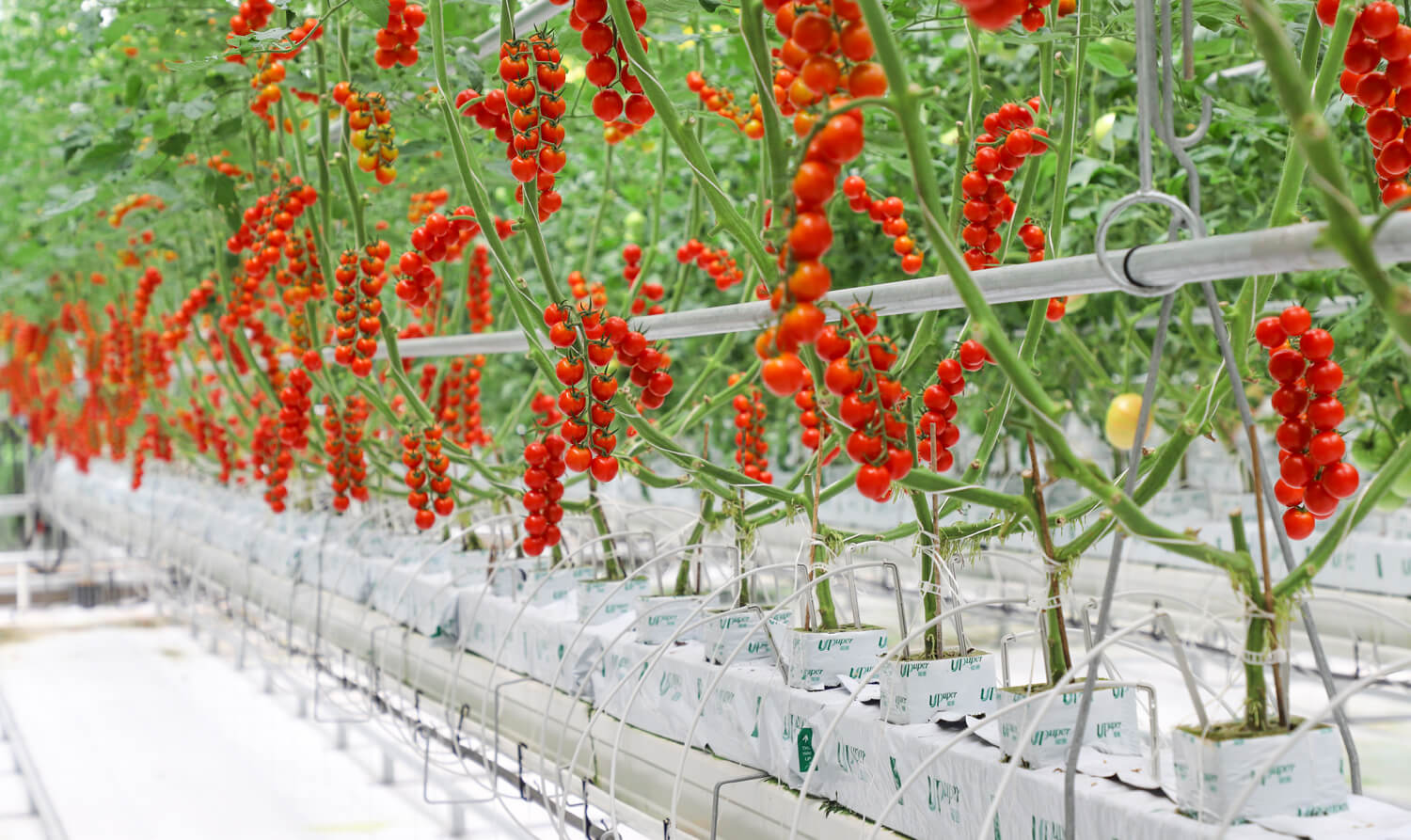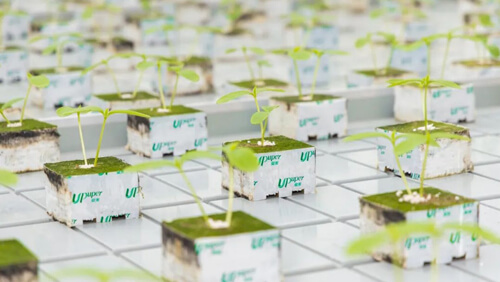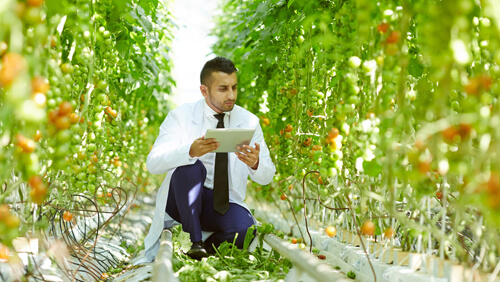Advantages of using rockwool to grow vegetables Views: 790
Rockwool has good air permeability and water retention. It has been refined at a high temperature of 1600°C and is sterile and pollution-free. Therefore, it is the main substrate for hydroponic cultivation in Europe. Rockwool culture is a type of soilless cultivation technology that uses rockwool as a substrate. It was first developed by the Danish company Grodan in 1968. Currently, it is rapidly spreading in various European countries, centred on the Netherlands.
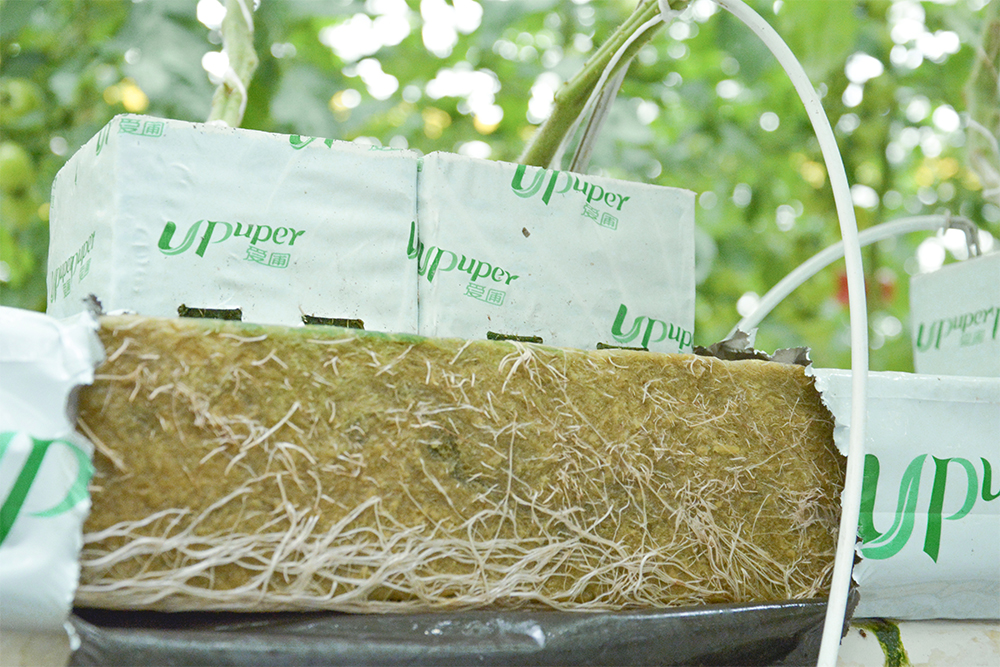
Rockwool is a loose, porous and formable solid substrate that plant roots can easily penetrate through. It is breathable and has good water-holding properties. Rockwool cultivation is to plant plants in Rockwool cubes of a certain volume, allowing the crops to take root and anchor in them, absorb water and fertilizer.
The basic model is to cut rock wool into shaped blocks and wrap it with plastic film into a pillow bag shape, which is called a rock wool planting mat. When planting, cut holes in the film on the surface of the rockwool planting mat, plant seedlings with seedling blocks, and drip in nutrient solution. The plants can take root in them, absorb water and nutrients, and grow up. If many rock wool planting mats are gathered together and equipped with accessories such as irrigation and drainage to form a rock wool planting border, large-scale production can be carried out. Due to the different utilization methods of nutrient solution, rock wool cultivation can be divided into two types: open rock wool cultivation and circulating rock wool cultivation.
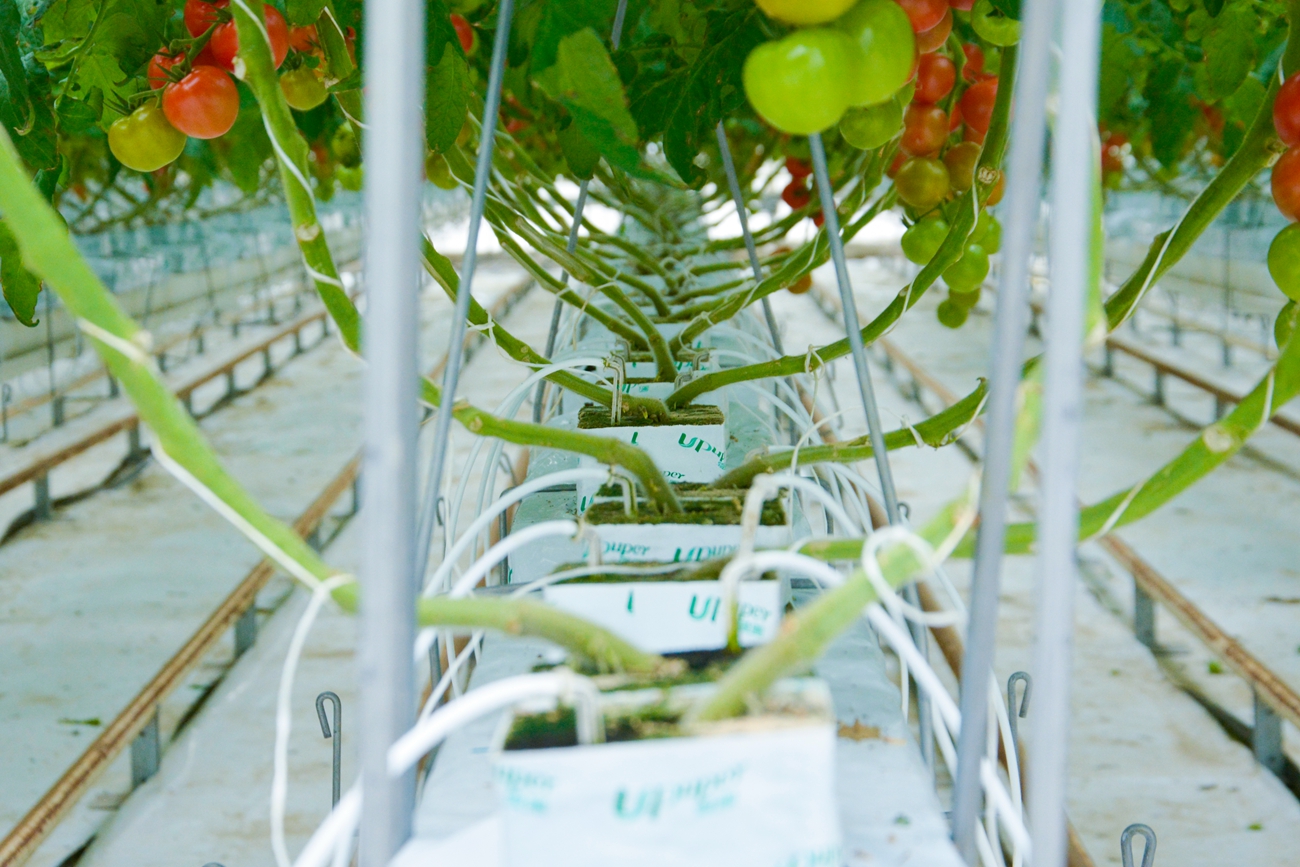
So, compared with hydroponics and solid substrate cultivation, what are the benefits of rock wool:
1. Water retention and ventilation
Rock wool cultivation can solve the problem of water, nutrients and oxygen supply. Hydroponics mainly relies on configuring waterfall oxygen devices, water spraying on the water surface, installing bubblers, nutrient solution circulation, thin layer intermittent liquid supply and other methods to increase the dissolved oxygen of the nutrient solution. , or expose part of the root system to the air to supplement oxygen to the root system. Rockwool cultivation uses the water retention and ventilation properties of Rockwool to coordinate the relationship between fertilizer, water, and air, without the need to add other devices.
2. Maintain quality and increase production
Rockwool culture has a variety of buffering functions. Using its functions of water absorption, water retention, fertilizer retention, aeration and root fixation, it can create a stable growth environment for the root system of crops and is less affected by the outside world. At the same time, due to the uniform texture of rock wool, the supply of nutrient solution and oxygen at different locations in the cultivation bed is similar, which will not cause too much difference between plants and is conducive to a balanced increase in production.
3. Save energy and facilitate installation
Rockwool cultivation is simple to install and use. The cultivation bed only requires rock wool planting mats, black plastic films, non-woven fabrics, and drip irrigation devices. Because rockwool culture uses drip irrigation to supply liquid, the requirements for ground slope are not as strict as NFT; the number of times of nutrient solution supply can be greatly reduced, and it is not restricted by power outages and water outages, which can save water and electricity.
4. Facilitates pest and disease management
Rockwool itself does not spread diseases, insects, and weeds. During the cultivation and management process, soil-borne diseases rarely occur. If serious diseases do not occur, rockwool can be used continuously for 1 to 2 years or reused after disinfection.



